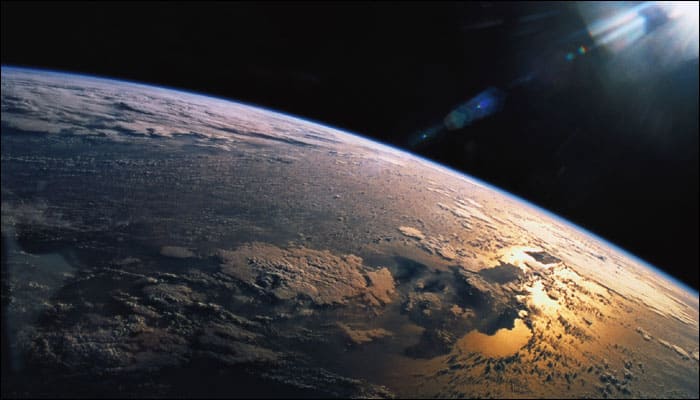To look for worlds where civilizations would have the best chance of spotting our Solar System, the astronomers looked for parts of the sky from which more than one planet could be seen crossing the face of the Sun.

London: In a bid to find how alien observers might be able to detect Earth, scientists have found that at least nine exoplanets are ideally placed to observe the transits of our world.
Scientists from Queen’s University Belfast in the UK and the Max Planck Institute for Solar System Research in Germany turned exoplanet-hunting on its head, by looking for alien planet that can spot the Earth.
Researchers identified parts of the distant sky from where various planets in our Solar System could be seen to pass in front of the Sun.
They concluded that the planets Mercury, Venus, Earth, and Mars are actually much more likely to be spotted than the more distant ‘Jovian’ planets Jupiter, Saturn, Uranus, and Neptune, despite their much larger size.
“Larger planets would naturally block out more light as they pass in front of their star,” said Robert Wells, a PhD student at Queen’s University Belfast.
“However the more important factor is actually how close the planet is to its parent star – since the terrestrial planets are much closer to the Sun than the gas giants, they’ll be more likely to be seen in transit,” said Wells, lead author of the study published in the journal Monthly Notices of the Royal Astronomical Society.
To look for worlds where civilizations would have the best chance of spotting our Solar System, the astronomers looked for parts of the sky from which more than one planet could be seen crossing the face of the Sun.
They found that three planets at most could be observed from anywhere outside of the Solar System, and that not all combinations of three planets are possible.
“We estimate that a randomly positioned observer would have roughly a 1 in 40 chance of observing at least one planet,” said Katja Poppenhaeger, from Queen’s University Belfast.
“The probability of detecting at least two planets would be about ten times lower, and to detect three would be a further ten times smaller than this,” said Poppenhaeger.
Of the thousands of known exoplanets, the team identified sixty-eight worlds where observers would see one or more of the planets in our Solar System transit the Sun.
Nine of these planets are ideally placed to observe transits of Earth, although none of the worlds are deemed to be habitable.
In addition, the team estimated that there should be about ten currently undiscovered worlds which are favorably located to detect the Earth and are capable of sustaining life as we know it.
To date however, no habitable planets have been discovered from which a civilization could detect the Earth with our current level of technology.
Please remember we all have different opinions, Think Before You Speak or Write Something that is cruel to Others. After all, We are only Humans. Wishing you clear skies and wide eyes. To share your experiences or just leave a comment there is a area below. Read or listen.
We are the change the world has been waiting for!
Have you witnessed an unidentified flying object?
You are not alone. Whether you think UFOs are black projects, extraterrestrial craft, something else altogether, or just don’t know, again: you are not alone!
Unconditional love. The road we all get to walk. Unconditional love is like the sun.
WE ARE THE DISCLOSURE ~ WE HAVE NEVER BEEN ALONE
Love and Regards,
Happy Quarantine
Thank You,
Nancy Thames

